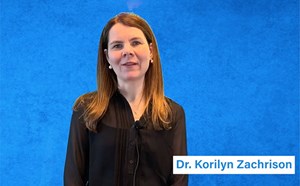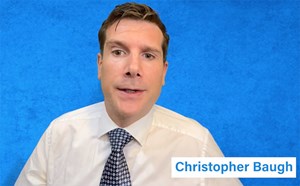In part 1 of this 2-part series. Dr. Zachrison discusses the importance of telehealth technology for stroke-termed telestroke.
Faculty: Dr. Korilyn Zachrison S., MD, MSC, FACEP, FAHA
Associate Professor of Emergency Medicine at Massachusetts General Hospital (MGH) and Harvard Medical School and affiliated faculty with the Onnela Lab at Harvard T.H. Chan School of Public Health.
Dr. Zachrison’s academic focus is on improving systems of care for time-sensitive emergency care delivery. She studies telemedicine and stroke systems of care; her approach includes applications of network science and mathematical decision modeling.
Read Video Transcript
As emergency physicians, we are well aware of the variation in resources between emergency departments. Some EDs have access to every specialist and resource under the sun, others do not. This means, that for us as emergency physicians, the resources we have to care for our patients depend on where we are.
However, no matter where we are, using telehealth technology for stroke, term, telestroke, we can bring stroke specialists directly into the room with our patients. By bringing in that remote stroke specialist to contribute to the rapid initial evaluation of the patient with suspected stroke in a short focused consult, we as emergency physicians now have support and decisions about thrombolytic administration, identifying patients potentially eligible for thrombectomy, or those who would otherwise benefit from transfer based on their presentation or the local resources available.
In a rigorous national study, telestroke was shown to increase patients' access to reperfusion interventions, both thrombolysis and thrombectomy. And telestroke was also associated with better patient outcomes with lower 30-day mortality for stroke patients treated at sites with telestroke versus matched controls. Moreover, in a number of studies, telestroke has been found to be reliable in the diagnosis and evaluation of patients with acute stroke. It's important to note that a focused telestroke consult is distinct from a full teleneurology consult. Making sure we're streamlining our processes and optimizing this telestroke resource for our patients' benefit requires strong team effort from the onsite ED team and the remote consultant.
Stick around for part two when we'll review some pearls and tips for how to do this telestroke consult well.




